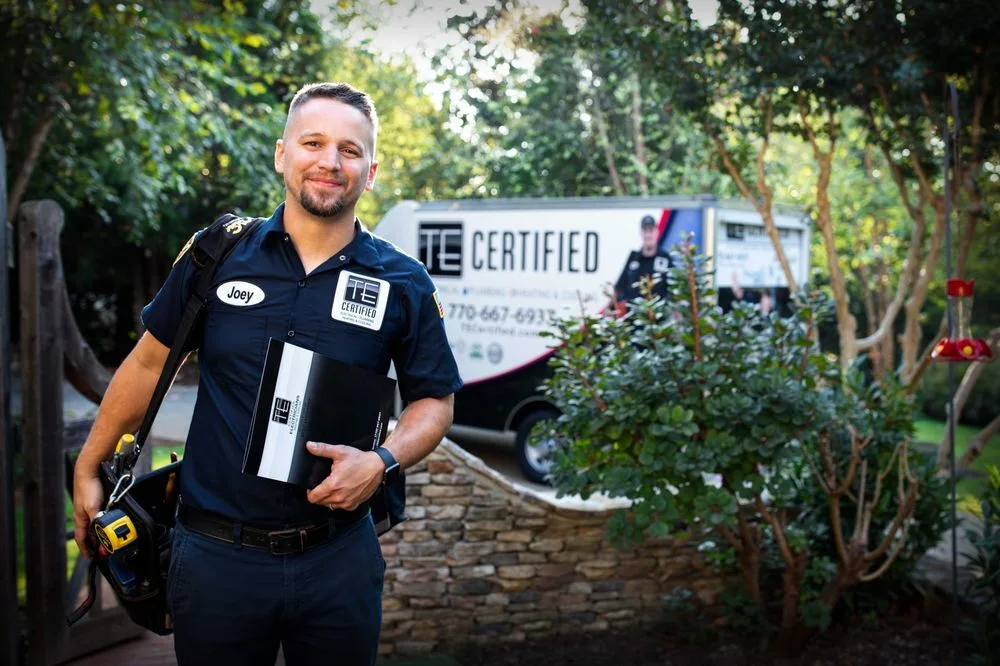Local Business Resource Center
Learn how to use Yelp, discover effective strategies for success, and get inspired by other local businesses.
What are you looking for?
Get started on your goals

The simple steps to claiming your Yelp Page
Everything you need to know about claiming your Yelp Business Page: show that you're open, include accurate information, and stand out to new customers.
Latest
Behind the Review
A podcast from Yelp & Entrepreneur
Hosted by Yelp’s Small Business Expert, Emily Washcovick, Behind the Review features conversations with reviewers and business owners about their experiences—whether it was one star or five—giving listeners behind-the-scenes insights into what was really going on.

On-demand events and videos
Ready to get your business on Yelp? It’s free, easy, and only takes a few minutes.



